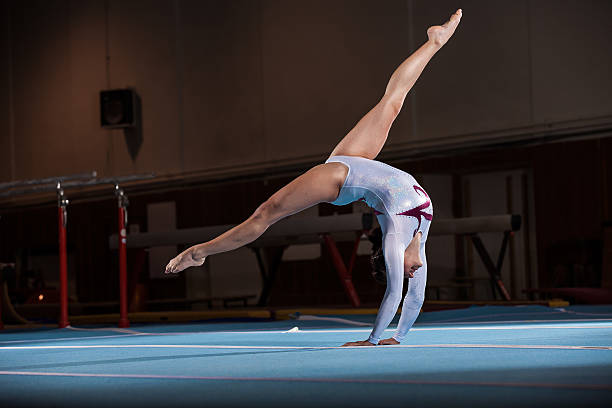"The Unveiling of Cinematic Storytelling Through Virtual Reality"
Introduction: Delve into the transformative world of Virtual Reality (VR) and its astounding influence on cinematic storytelling. Unearth the evolution, the current scene, and the phenomenal impact of this cutting-edge technology on the film industry.
The Genesis of Virtual Reality in Cinema
The journey of Virtual Reality in cinema began in the late 20th century but took a significant leap with the advent of advanced technology in recent years. The initial experimentation of VR in films was a novelty, often restricted to theme parks and specialized venues. However, the past decade witnessed a surge in its use, primarily due to technological advancements and the growing acceptance of audiences towards immersive experiences.
The Current Scenario: VR Taking the Lead
Today, VR is no longer an alien concept. Major film festivals around the world, from Cannes to Sundance, have dedicated sections for VR experiences. Filmmakers are increasingly embracing VR as a storytelling medium, creating immersive narratives that push the boundaries of traditional cinema. ‘Dear Angelica’, ‘Notes On Blindness’, and ‘Gloomy Eyes’ are some prime examples of successful VR films that have captivated audiences worldwide.
The Impact: A New Dimension in Storytelling
The immersion of VR introduces a new dimension in cinematic storytelling. It provides a platform for filmmakers to engage audiences in an unprecedented way, making them active participants rather than passive viewers. The 360-degree interaction not only enhances the visual spectacle but also deepens the emotional resonance, making the narrative more compelling and intimate.
The Reception: Audience and Critic Response
Critics and audiences alike have lauded the use of VR in cinema for its transformative potential. The immersive nature of VR offers an unparalleled experience that traditional cinema cannot match. While some critics argue over the lack of a centralized narrative in VR films, many appreciate this non-linear storytelling for the freedom it provides to the viewers.
The Future: What Lies Ahead?
As VR technology continues to advance, its influence on cinematic storytelling is bound to expand. The future may witness a symbiotic relationship between cinema and VR, where the line between reality and virtuality blurs. The possibilities are endless, as filmmakers continue to experiment and audiences remain eager for immersive experiences.
Virtual Reality in cinema is a testament to the evolving nature of storytelling in the arts and entertainment industry. It reflects the constant quest for innovation, engaging audiences in new and exciting ways. As we stand on the cusp of this revolution, it is exhilarating to imagine what the future might hold.






